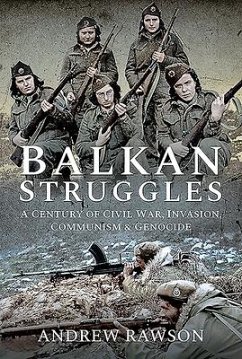The Balkans witnessed several bloody conflicts during the twentieth century. New nations emerged in 1913, after 500 years of Ottoman rule, only for them to go to war just weeks later. The assassination of Archduke Franz Ferdinand in Sarajevo in June 1914 sparked the series of events that led to the Great War. Most of the belligerents would be drawn into the region, while the post-war border changes created tensions. Italian designs on the Balkans resulted in the occupation of Albania in March 1939, but it failed to take control of Greece over the winter of 1940-41\. A German blitzkrieg quickly defeated both Yugoslavia and Greece in the spring of 1941, and the population of both countries then suffered terribly as the occupying forces encouraged collaboration and punished resistance. The area was rife with guerrilla activity, as monarchists, nationalists and communists fought each other as often as the occupying troops. This, in turn, led to communism sweeping across most of the region in the post-war years, while Greece was taken over by a fascist regime. Communism eventually ended, but ethnic troubles resulted in a ten-year conflict across Yugoslavia. It would be divided into Croatia, Bosnia and Kosovo, at the end of the bloodiest conflict in Europe since World War II.








